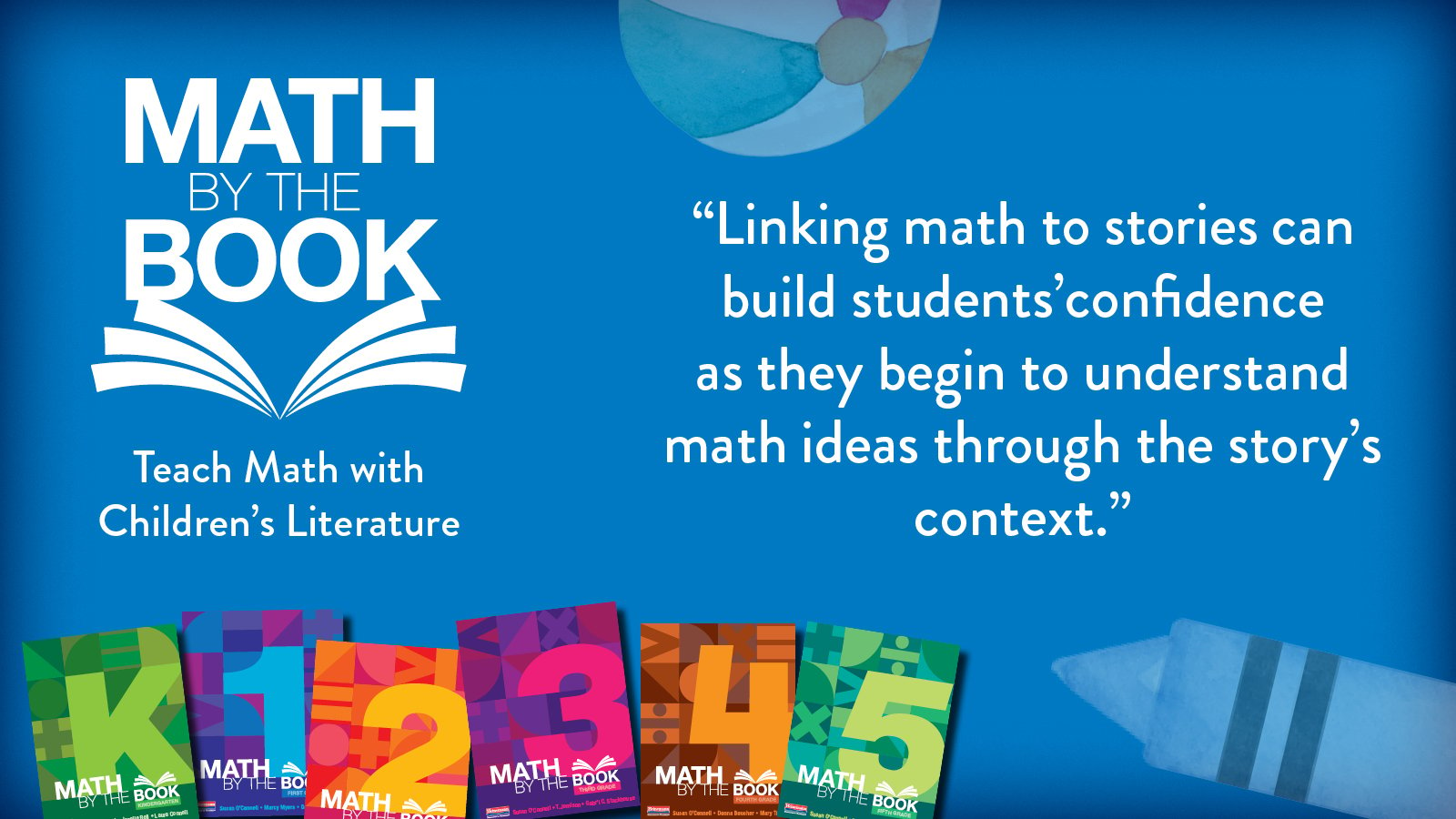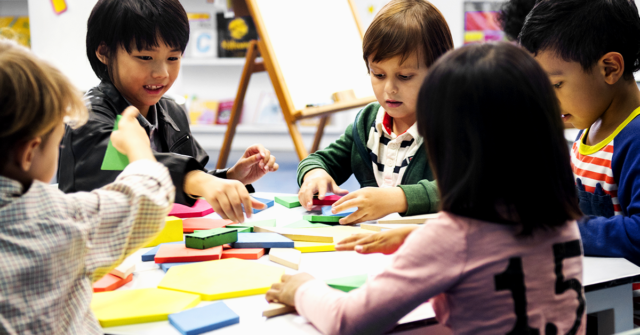
By Julia Darcy, Georgina Rivera, and Anne Tacinelli
A great story offers a unique opportunity to connect literacy and mathematics. In her book Grandpa Cacao, Elizabeth Zunon shares the story of life on a cacao farm. As students listen to the story, they are captivated by the excitement of baking a chocolate cake to get ready for the main character’s birthday and the stories of her grandfather’s life on the cacao farm.
Many of our students, being chocolate lovers, were enamored to learn about life on the farm. In the after notes of the story, they learned of child labor, with farming in some places done by children who are not paid a fair wage.
Here is the story of how two teachers (ELA and Math) used this story to pique student curiosity and connect it to social justice advocacy…all while learning math.
Julia: Connecting the Story to the Mathematics
As a classroom teacher, I believe that students develop a strong number sense by making connections between real world situations and abstract numbers and symbols. These connections are nurtured through experiences with both inside the classroom and in students’ homes and community. For example:
- How much do we need for this recipe?
- What is the cost and how much will we save?
- What fraction of the pizza have we eaten?
Simple, yet powerful experiences that unlock the number system help our students make sense of numbers and solve complex problems.
Number sense can prove to be difficult for students when we teach numbers and operations without context to support their understanding. As teachers, we build number sense by leveraging their life experiences and providing opportunities for them to explore numbers in context through common experiences in the classroom. One great way to do this is through reading a book with students so all students have a shared experience—this provides a great entry point into math!
In the lessons from Math by the Book: Fifth Grade, the story Grandpa Cacao sets the stage for students to use the context of chocolate to explore multiplying a fraction by a fraction which aligned with our district standard of students being able to “solve real world problems involving multiplication of fractions and mixed numbers, e.g. by using visual fraction models or equations to represent the problem.”
Grandpa Cacao uses a familiar context, chocolate, to develop a new math skill, multiplying fractions. Students were instantly engaged with learning the complicated process of creating their most loved treat. That chocolate bar, that we saw from seed to sweet delight, provided not only an understanding of a previously foreign concept, but also a context to which students could relate their fraction problem solving.
Diagrams became more than area models, they became chocolate bars—something that can be imagined, felt, and (of course) tasted. Students were challenged to solve problems as they thought about sharing chocolate bars, giving meaning to the numbers and symbols. Just as we relate the volume of rectangular prisms to packing boxes, we can now relate area models with fractional side lengths to chocolate bars. Students were able to model ¼ of ½ chocolate bar and connect their model and story to the skill of multiplying fractions.
Grandpa Cacao, unexpectedly and magnificently, allowed our students to enrich their current math and literacy unit. As we explored where chocolate comes from, students were shocked to learn statistics showing how much of our beloved chocolate is harvested by children.
To extend the learning, we unpacked statistics to interpret meaning. Students wanted more. More research. More discussion. More justification of how our most loved treats could come at the expense of child labor and human rights violations.
Mathematics, and all educational subjects, lose so much power when taught in isolation. The lessons in Math by the Book offer just one way we can show students how learning is building new connections between our current knowledge, new knowledge, and the world that we live in.
Anne: Connecting the Mathematics to Literacy and Social Justice
After hearing students had read Grandpa Cacao in math class and had begun discussing how children in other countries work for minimum wages, or no wages at all, we knew that we could tie their math lesson to our literacy lesson with a focus on human rights.
Literacy class was the perfect place to extend the learning they had already started in math class. Our current novel study on the book Esperanza Rising, along with reading the Universal Declaration of Human Rights, perfectly connected to this topic. In addition, we read an article “Chocolate from Children” by Deb Dunn, which synced nicely to their math discussions related to Grandpa Cacao.
With the students already fully engaged from their math lesson we jumped right into discussions about what happens out on the cocoa fields and connected the ideas from Grandpa Cacao to those presented in “Chocolate from Children.” Students were flabbergasted to find out that there are children in our world who are actually made to work long hours for minimal pay, if any.
They stated things like:
- “We are so lucky to have what we have here in our schools. We may complain about having to go to school, but I can’t imagine doing what those kids do each day.”
- “I feel so bad that we are supporting child labor by buying chocolate from companies who use cocoa beans from these farms. I need to start looking at my chocolate.”
- “I can’t believe that these kids' human rights are being taken away. This is awful! How can we help?”
Students made the connection that the children’s human rights were being taken away. From here the students worked in groups to answer the following questions:
- What human rights are being violated?
- What can we do to make change?
- What connections do you notice from the article “Chocolate from Children” to our novel Esperanza Rising?
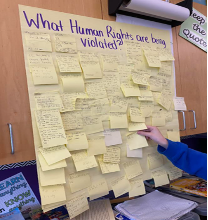
The students’ biggest takeaways from this lesson included realizing that our world today is still a work in progress. They realized that we need change in our world—and they are part of that change. Watching our students leave class that day realizing they have the voice to make change was the best lesson we could teach them.
This integrated lesson made our team realize how important it is to incorporate more of these types of lessons into our curriculum. We as educators hope to teach our students that they have the responsibility to help our world. Lessons like this help them discover this important concept for themselves.
Watching our students leave class that day realizing they have the voice to make change was the best lesson we could teach them.
This integration of math, literacy and social justice not only helped deepen our students’ understanding of math, it made the skill of multiplying fractions come alive in a context that made sense to them.
How will you bring math literature into your math classroom to pique your students’ curiosity and ignite their fire for social justice advocacy through mathematics and literacy?
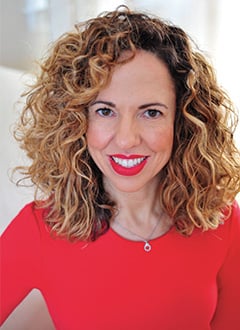
Georgina Rivera is a passionate math educator focused on equity, collective teacher efficacy, culturally relevant pedagogy and teacher leadership. She currently serves as a school administrator for Bristol Public Schools. Prior to this position, she was the district's Elementary STEM Supervisor, a district math coach, and started her career as a middle school mathematics teacher. She is an author and presenter both at the local and national level.
Georgina serves on various boards including Ed Reports Math Advisory, Math Teacher’s Circle for Social Justice, Teacher Leader Fellowship Academy, and serves as the Professional Learning Director for the National Council of Supervisors of Mathematics (NCSM). In September 2021, she will begin her new role as the NCSM 2nd Vice President. 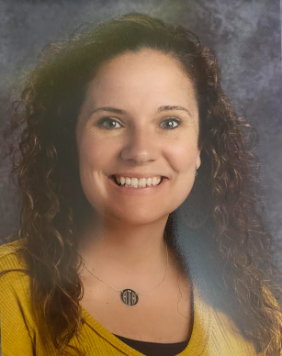
Anne Tacinelli is a thirteen-year veteran teacher currently teaching fifth grade at Greene-Hills School in Bristol. She received her undergraduate degree in elementary education from Keene State College. Upon graduation, Anne's first teaching assignment was as a third-grade teacher at South Side Elementary School in Bristol. She taught six years in third grade before moving to teach fifth grade. During this time, she received her Master's degree in literacy from the University of Saint Joseph. Anne is currently a member of her district and school climate and culture leadership team. 
Julia Darcy is a fourteen-year veteran teacher currently teaching fifth grade mathematics at Greene Hills School in Bristol, Connecticut. Julia was named Bristol’s Teacher of the Year in 2017. Julia is currently a member of the Greene Hills School Leadership Team and the Teacher Leader Fellowship Academy at Sacred Heart University.
